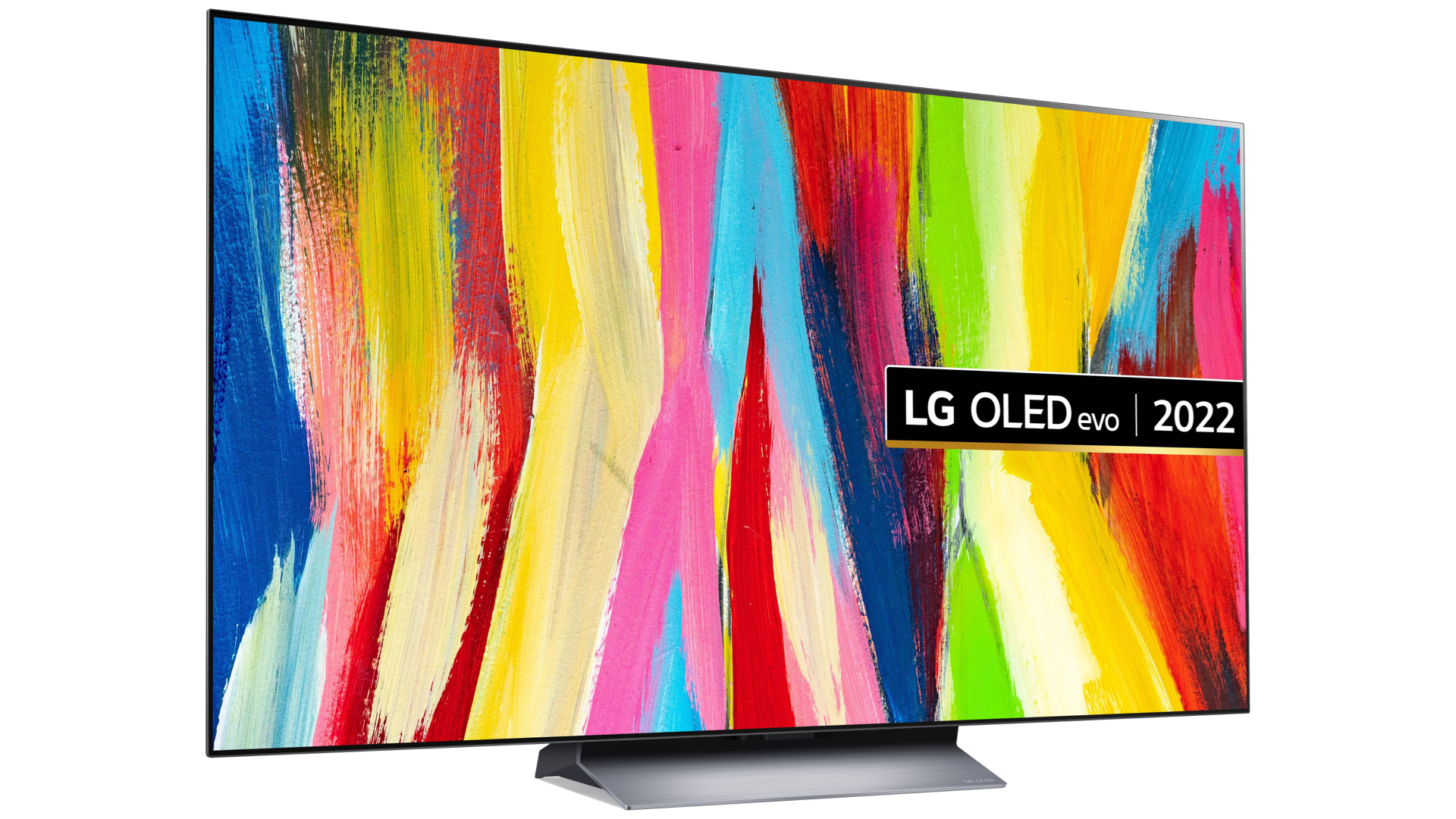The LG C2 OLED shows why we don’t often recommend buying new TVs – at least not straight away
Wonder why we don't often recommend new TVs? Look at the LG C2 OLED over Prime Day

Since I became a tech journalist many moons ago, one of the most common questions I get asked by friends is, “Do you get to keep the review samples?” We don’t.
After that, the second most common thing they usually follow up with is, “What TV should I buy?” And then, after I answer, “But isn’t that last year’s model?”
In a broader context, this is exactly what happened to the What Hi-Fi? team during Amazon Prime Day, when you, our lovely readers, flooded us with requests asking which TV to get and then countered, “But what about the new one,” when we told you our recommendation – the LG C2.
With us having just reviewed the LG OLED65C3 and LG OLED42C3 and given them four and five stars respectively it is a very fair question. But the answer’s pretty simple and indicative of a general reason why it often takes us a while to shift our buying advice away from an older set once the new model comes out.
Specifically, it’s down to the pound-to-performance ratio – or dollar-to-performance ratio if you’re on the other side of the pond.
If you jump over to our how we test and how we score pages you’ll see we always factor in price and, more specifically, value for money when we review products. That’s a key reason we often still give cheaper products five stars even if they, for obvious reasons, don’t match the peak performance of significantly more expensive flagship sets.
It’s also exactly why if you look at our LG C3 reviews or any of our best TV buyers’ guides you’ll see we currently recommend the LG C2 over it.
Get the What Hi-Fi? Newsletter
The latest hi-fi, home cinema and tech news, reviews, buying advice and deals, direct to your inbox.
Essentially, when we got the C3 units into our viewing rooms and ran them head-to-head with our C2 samples, we found the new 65-inch and 42-inch are very modest upgrades on their predecessors.
That led our resident expert and TV / AV editor, Tom Parsons to conclude in his LG OLED65C3 review:
“There’s nothing really wrong with the C3’s picture performance in isolation. It’s very similar to that of the C2, which we loved, but with just a tiny bit more oomph and even better upscaling. The problem is that this minimalist approach to upgrades has coincided with an increase in price.”
And then add, in his LG OLED42C3 review:
“A lack of significant upgrades means last year’s C2 is the small OLED to buy while it’s still available, but once it’s gone, the C3 will be the best TV at this size,”
This aspect of our reviewing and buying advice is always exacerbated around Prime Day, and most other big sales events around this time of year as retailers like Amazon tend to start heavily discounting the older sets to make room for the newer models.
This was precisely what happened on Prime Day when the two biggest TV deals we covered were for the 65-inch and 48-inch LG C2. Specifically, you could pick up the 65-inch C2 for £1398, a huge 48 per cent price crash on the set's original £2699.99 RRP and the 48-inch C2 with £200.99 shaved off its price for £799.99.
With no deals of note on the C3 equivalents, it was impossible for us to recommend the newer models over their predecessors during the event.
Will that change? Yes, eventually. When C2 stock runs out, and pricing for the newer C3 starts dropping, which usually happens mid-way through their first year on sale, our advice will shift. That’s why we update our reviews and buyers' guide over time. Our Spidey Sense is currently pegging that as potentially being around Black Friday in November for the LG C3 specifically.
And that’s the short version explaining why it takes us a while in most instances to start recommending new TV models over their predecessors.
MORE:
These are the best OLED TVs currently available
Check out our picks of the best 65-inch TVs
Own a PS5? These are the best gaming TVs we've tested

Alastair is What Hi-Fi?’s editor in chief. He has well over a decade’s experience as a journalist working in both B2C and B2B press. During this time he’s covered everything from the launch of the first Amazon Echo to government cyber security policy. Prior to joining What Hi-Fi? he served as Trusted Reviews’ editor-in-chief. Outside of tech, he has a Masters from King’s College London in Ethics and the Philosophy of Religion, is an enthusiastic, but untalented, guitar player and runs a webcomic in his spare time.
-
Cricketbat70 That's exactly what I did about 4 year ago. Bought a TV that at launch was £1000 by the following January it was £500 and with staff discount (I work for a TV and appliance retailer) it was £410. A member of staff was on "This Morning" on Thursday, with Dave Fishwick (Bank of Dave fame) giving that same advice "if you want to save some money buy last year's model."Reply
